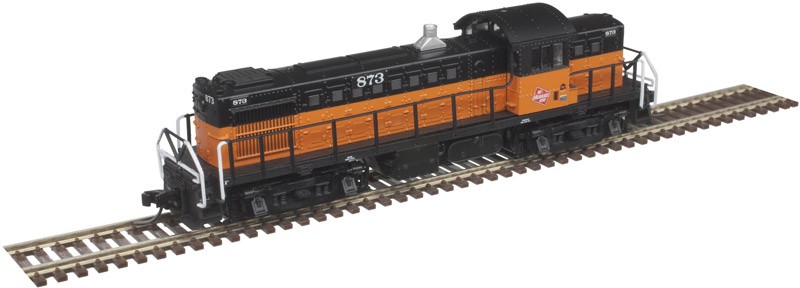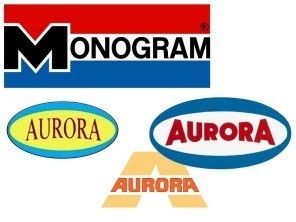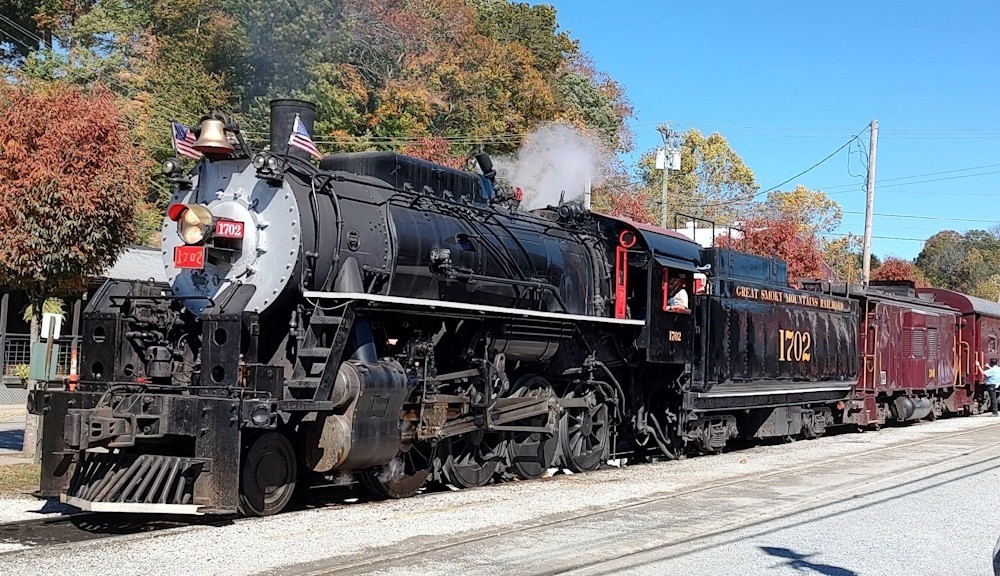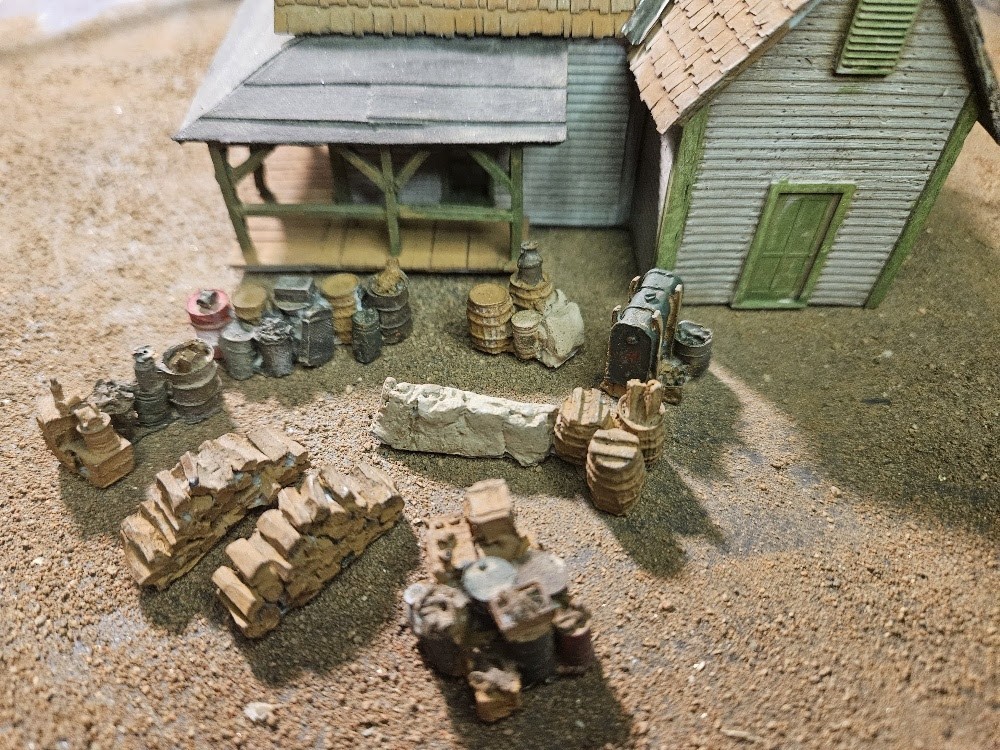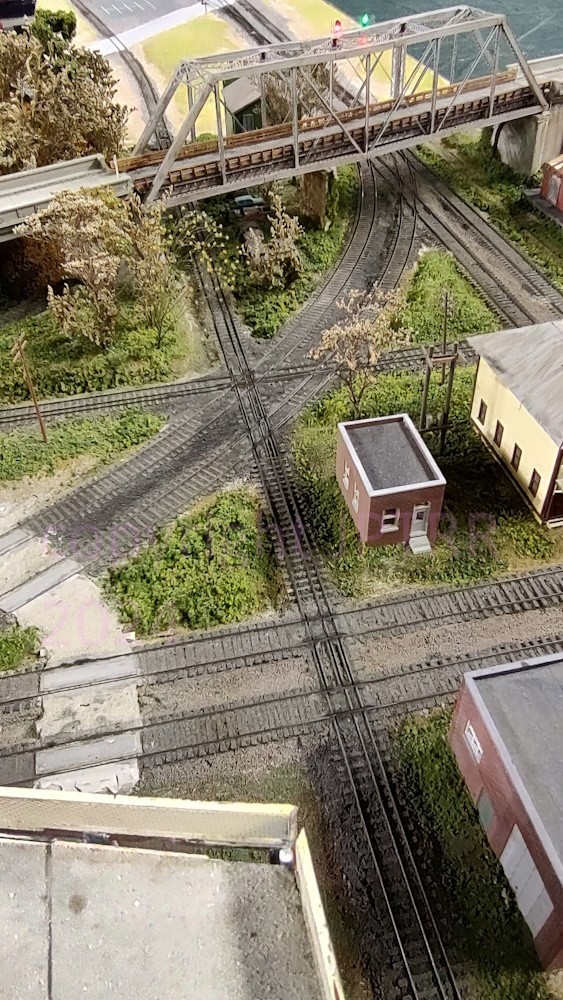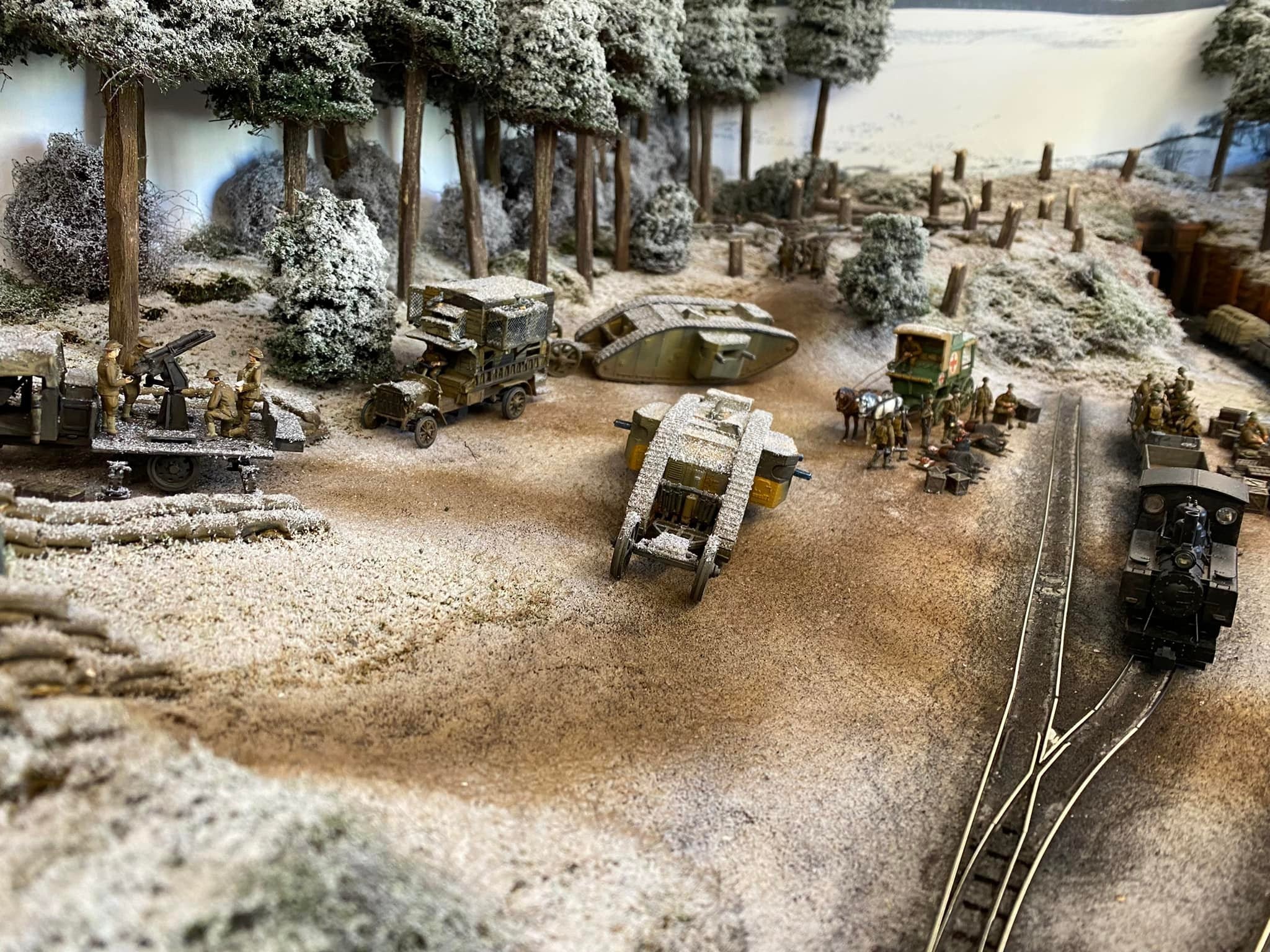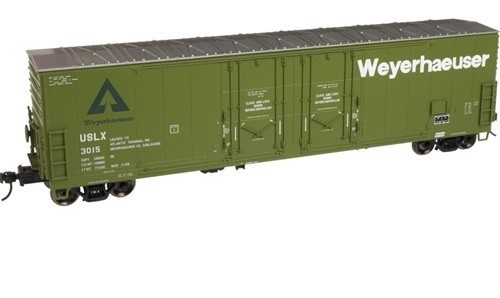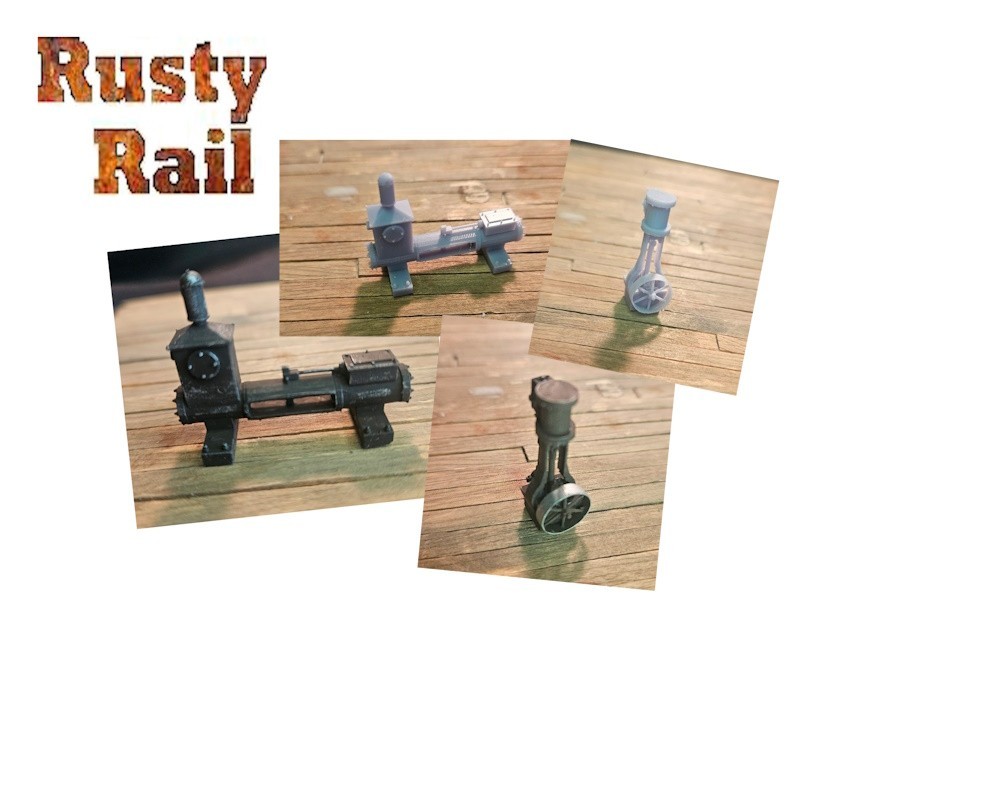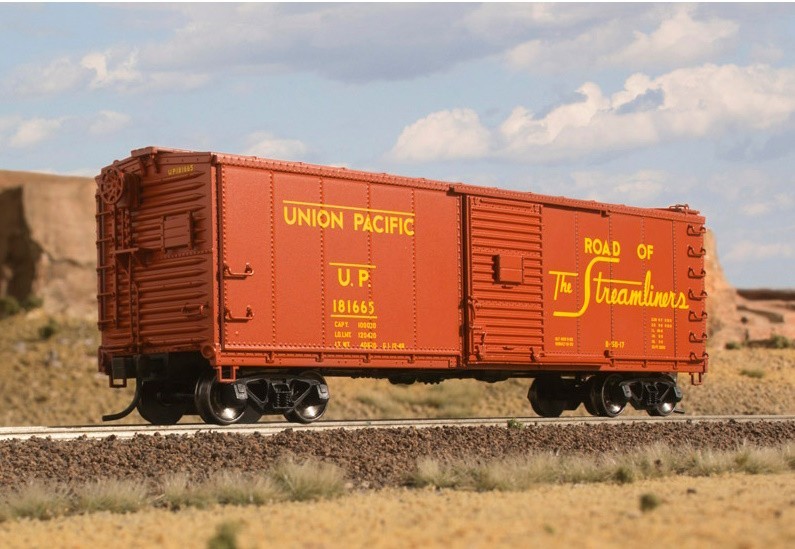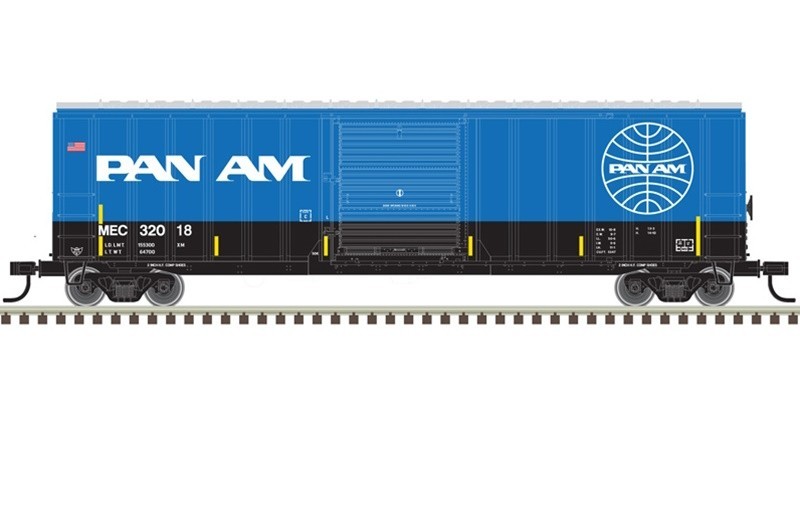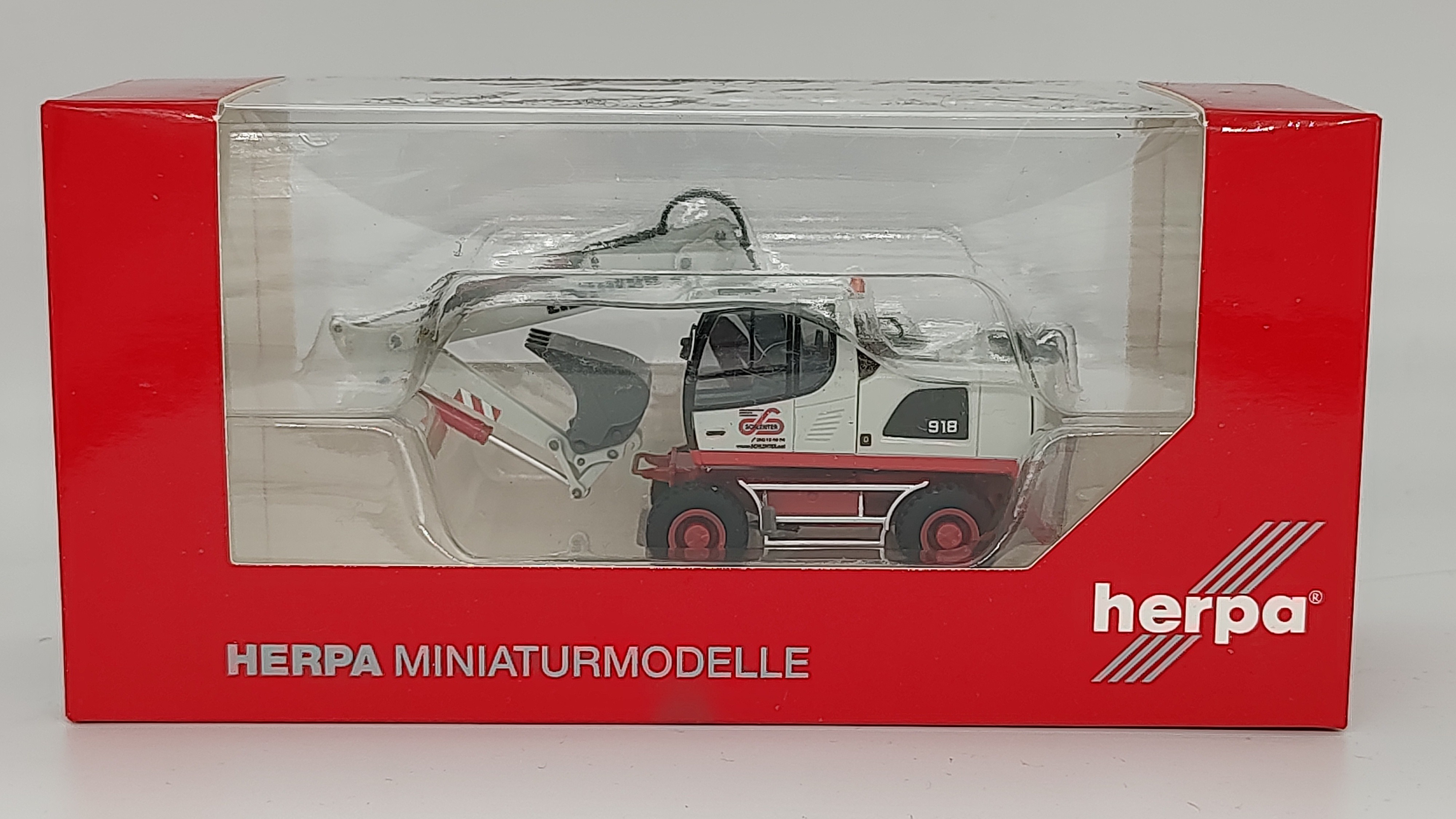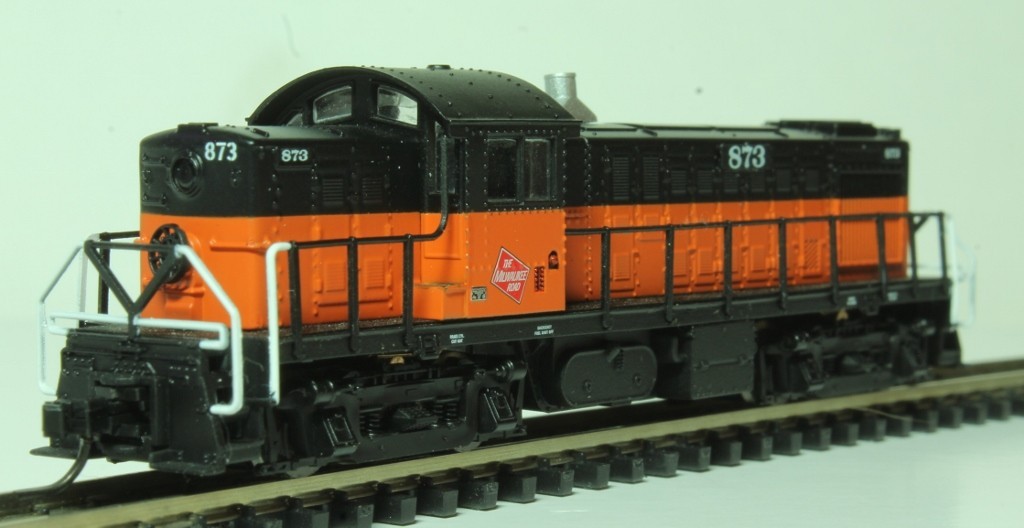
Introduction
Atlas Reviews on original RailRoad Modeling
This N scale RS-1 is part of Atlas' Classic series. This model is Milwaukee Road No. 873, representing one of seven RS-1 locomotives acquired by Chicago, Milwaukee, St. Paul and Pacific Railroad (reporting mark MILW) during the Second World War.
Short History
The RS-1 was introduced by ALCO in March of 1941 with the delivery of the first of two units to the Rock Island. Combining the accessibility of a switching locomotive and the higher-speed tracking of a road unit, the RS-1 started a revolution in locomotive design that was soon embraced by all of the major diesel-electric builders. Despite ALCO's own introduction of higher horsepower roadswitchers, the 1,000 h.p. RS-1 had a production span of 19 years (1941-1960) with 623 units.
The Minneapolis & St. Louis boasted the largest stable of RS-1s, 35 of them. A longer history is available at the end of this review.
In the Enginehouse
Atlas packs this sharp looking locomotive in a heavy gem case with a snap-on lid. The case is designed to both protect the model and display it. It is even designed to be stacked with other Atlas N models. A thin paper label is the "box art". The model is securely nestled in a form-fitted foam cradle. A sheet of soft plastic protects it from scuffing. Atlas often uses thin foam inserts so protect the fine railing along the walkway but this model did not have them. Warranty information and a parts diagram are included in the box.
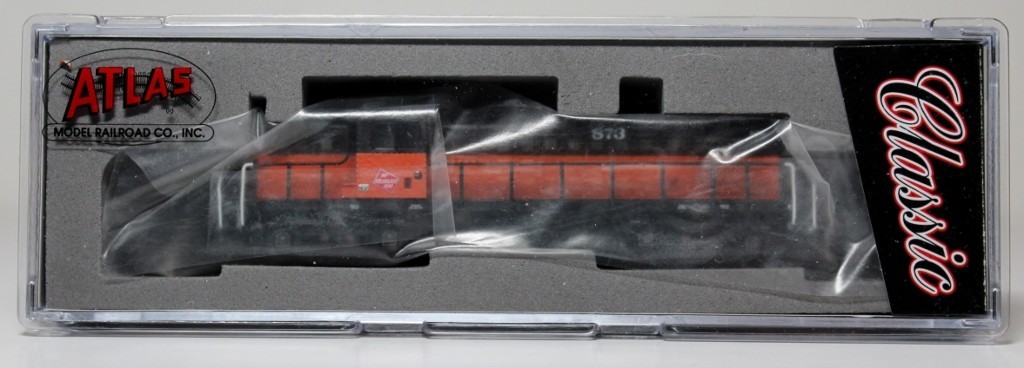
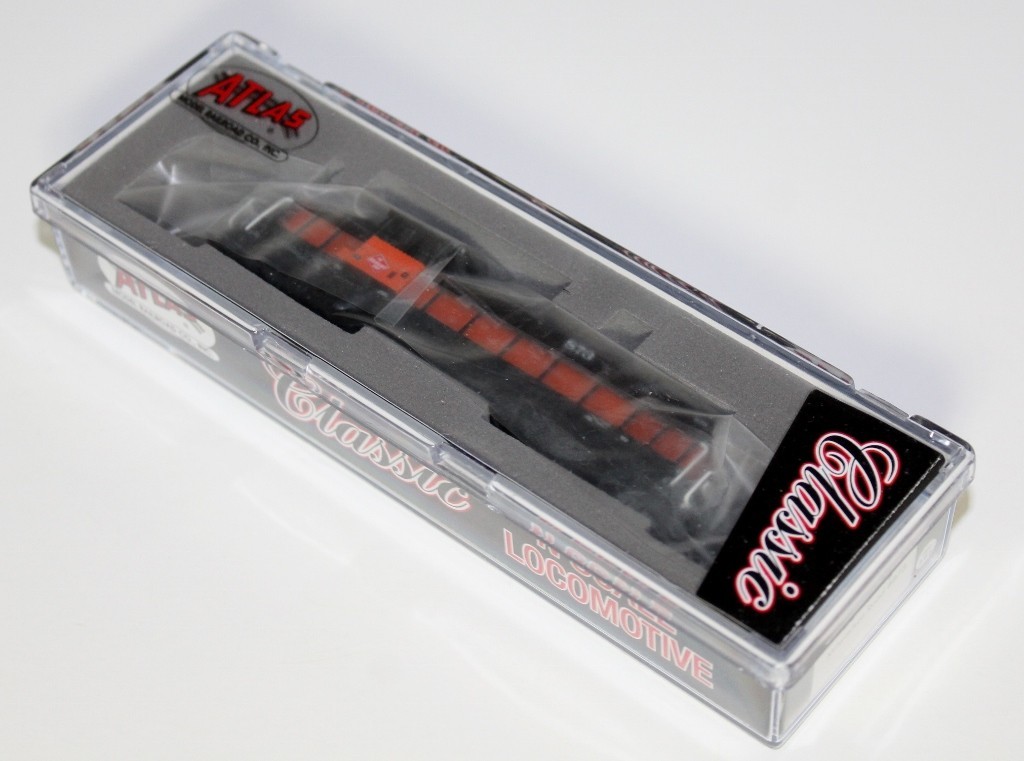
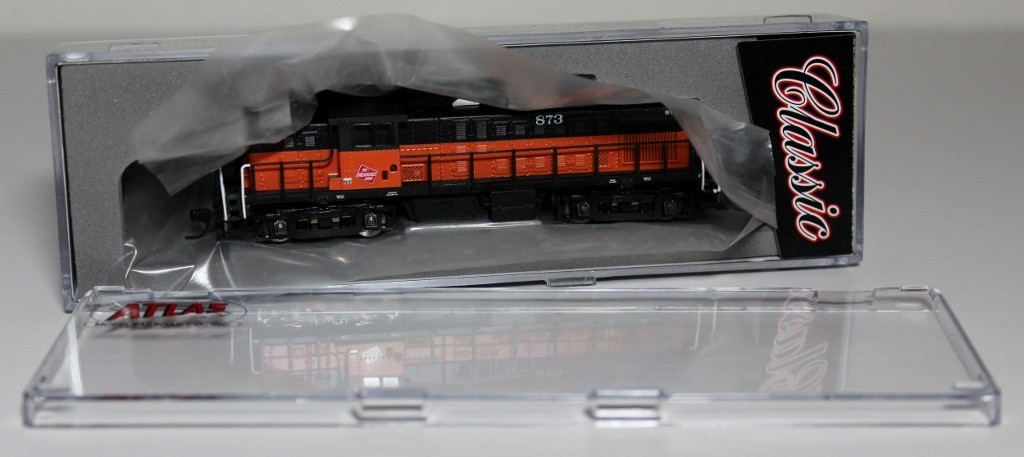
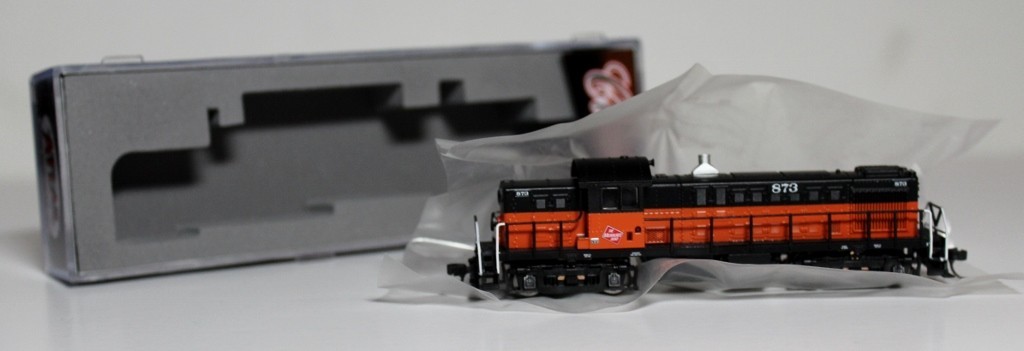
Walkaround
The model has a metal frame for weight and an injection body. Knuckle couplers equip the model. It boasts bi-directional constant lighting.
The plastic body is sharply molded with crisp detail. I can find no flash, sink marks, or other injection molding flaws. There are a few separately attached parts to detail the model. These include small diameter hand railings. These appear to be of flexible slick plastic popular for railings. Use care when handling the model.
After releasing the RS-1 from the protective cradle, the first things that I noticed are the sharp painting and those nice railings. Additionally, the model features:
- • Scale Speed™ motor
• Powered low friction drive
• Blackened metal wheels, dual brass flywheels
• Directional lighting
• Golden-White LEDs
• AccuMate® knuckle couplers.
These RS-1 do not have DCC ready frames. The motor /flywheel assembly is encased in a two-piece (left and right) mainframe. That will make it very difficult, if not impossible, to isolate the motor for DCC.
The model looks true to the prototype in profile and dimensions. Doors and panels along the hoods look correct. The real MILW 873 had a steam generator but that is not represented on the body.
The only real departure from the real loco are the end steps. On the model they are molded open while almost every RS-1 photo I looked at show the backs blanked over. The cab is a separate part that sets over the body and tight along the sill. If I wanted to be ridiculously critical I would point out that the truck springs don't look as beefy as in the photos I examined.
Inside is a heavy metal chassis of the sandwich-type. The motor and flywheels are held inside. Unfortunately, this design makes it very difficult to convert to DCC.

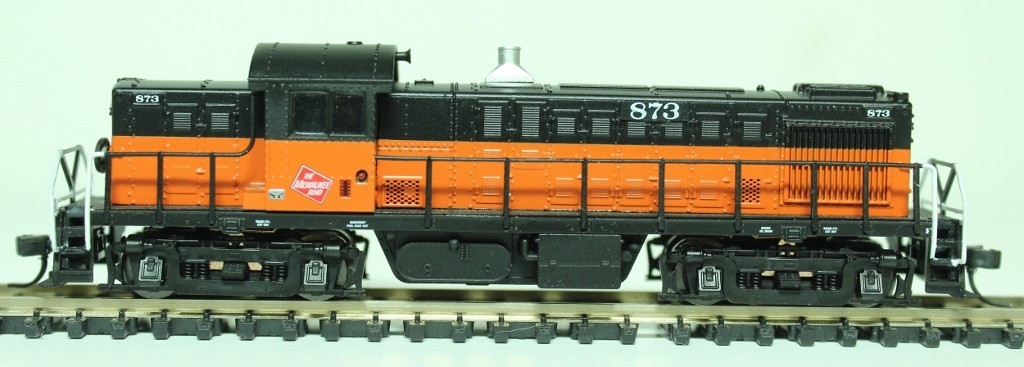
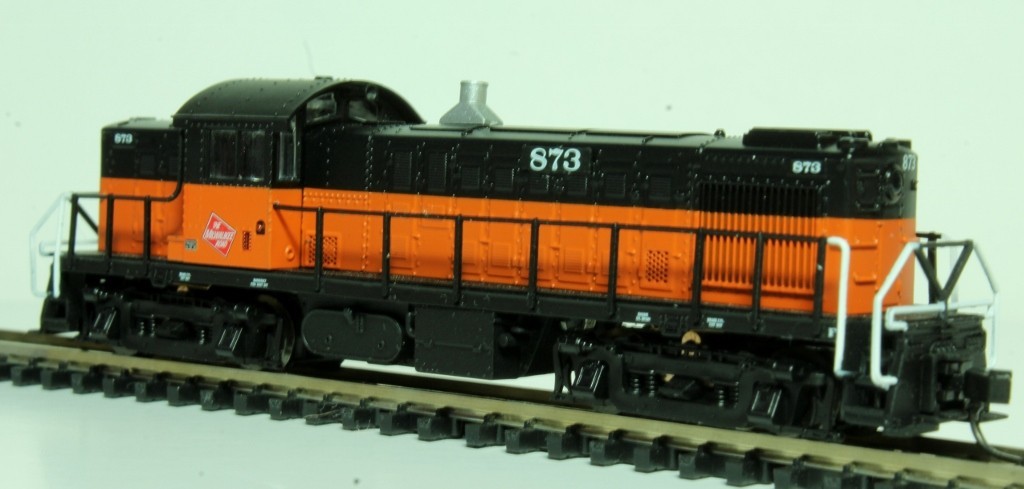
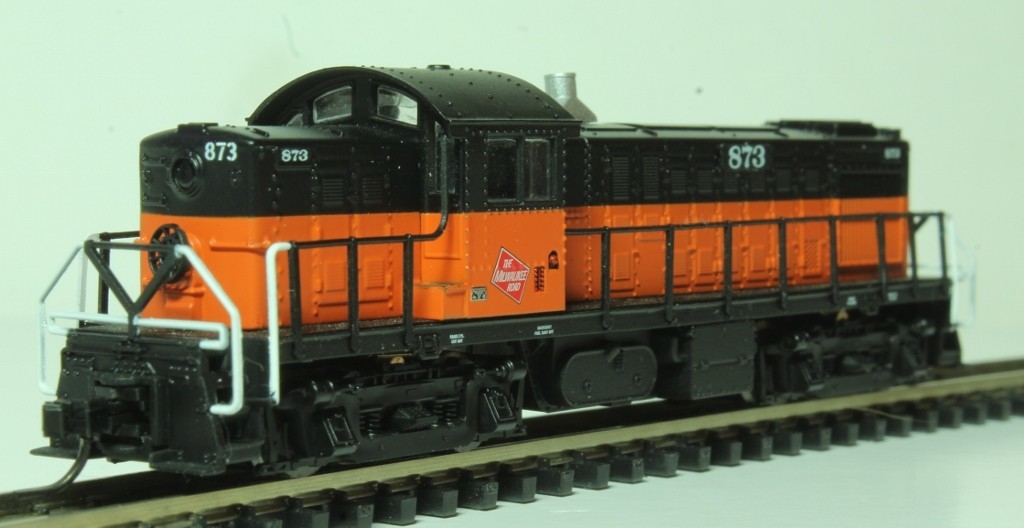
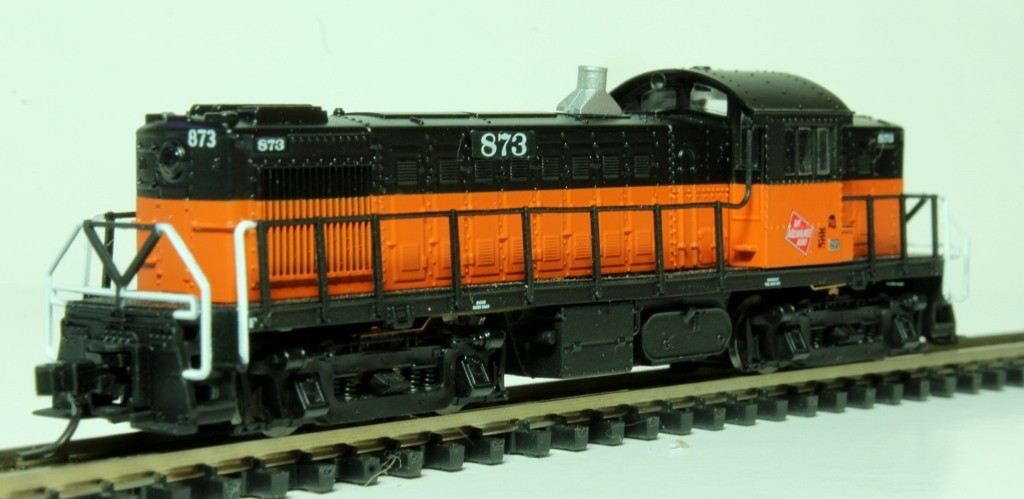
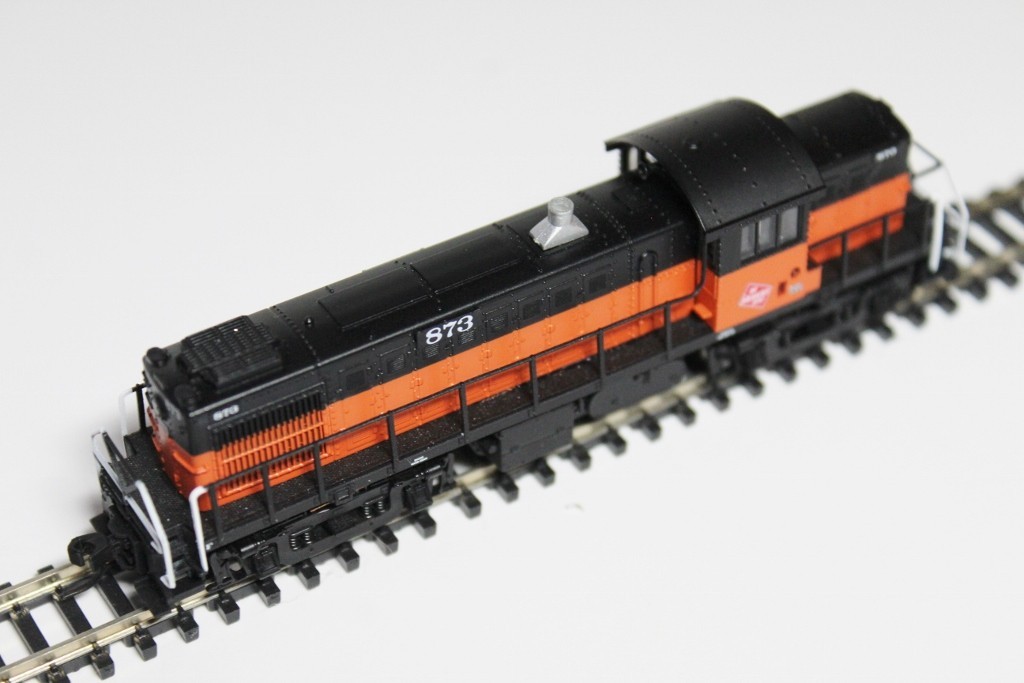
Detail
Molding of the plastic body is first rate. I know the heritage of this model and Atlas has improved it by removing the big rivets of the original tooling that festooned the body.
Fuel and sand filler spouts are included. So is hinge detail on the battery box. Above the trucks are jack pads. It appears the brake cylinders on the trucks were separately attached. (I didn't try to pry them off!) The wheel flanges did not hit the spikes of code 80 rail. Knuckle couplers are standard and this model has them. The only real problem I found was the rear couple pin hits the top of a switch rail.
While the handrails are a bit over scale, the model is appreciably scaled to dimensions. It weighs 4.0 oz.
The slowest I could make her run is approx. 7 mph. I did not try to find the top speed. The motor and flywheels provide smooth operation.
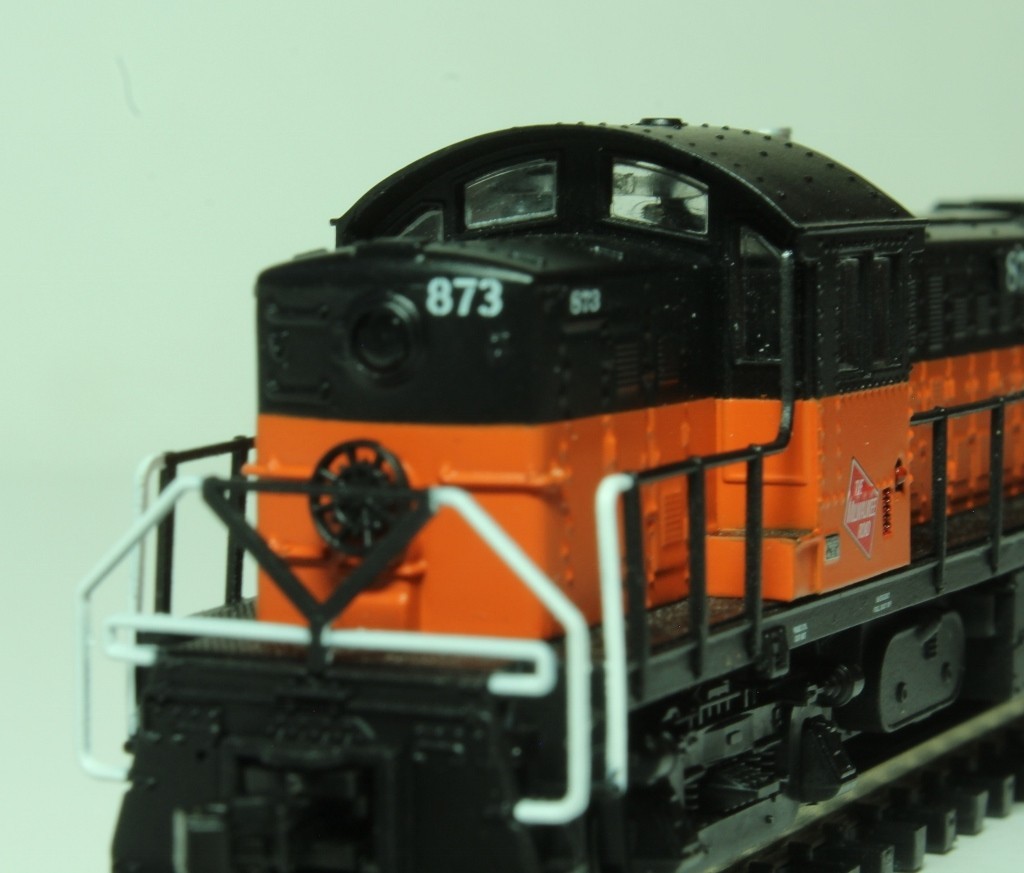
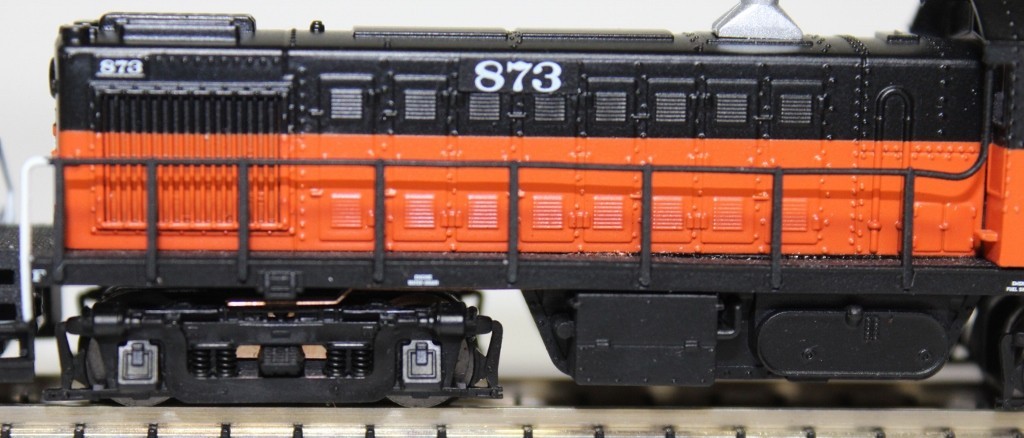
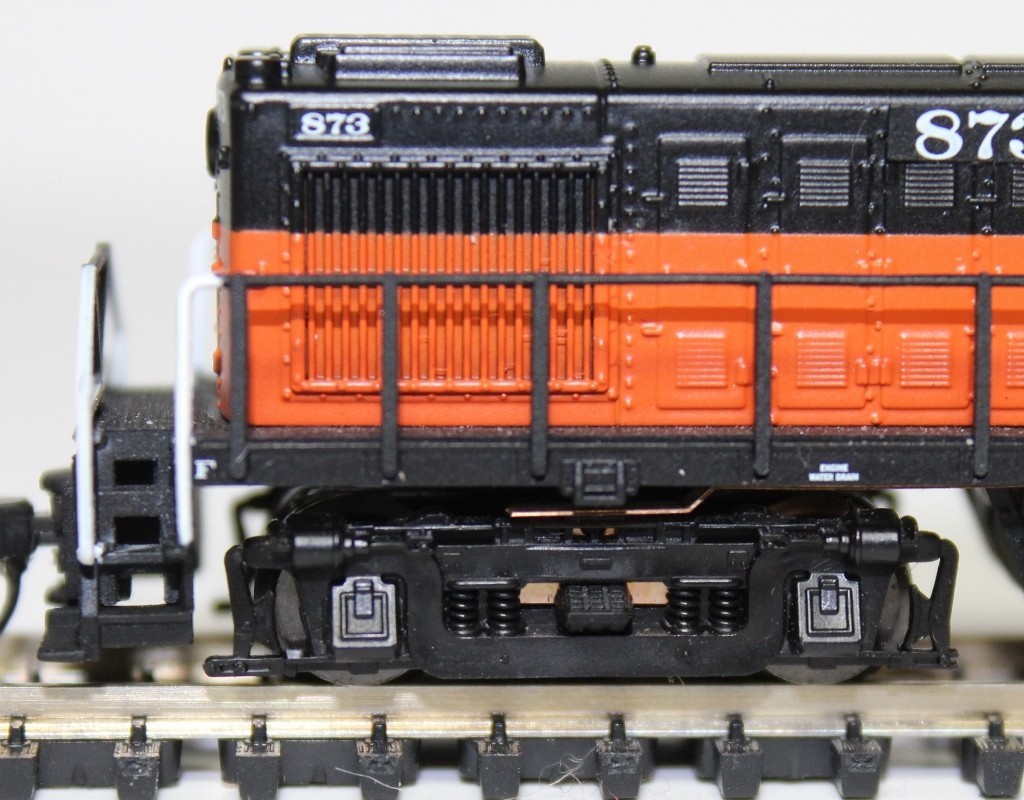
Decoration
Paint and lettering is first rate - opaque without obscuring detail, and sharply printed. An ALCo placard is printed below the cab, and other service stenciling is legible. Two road numbers are available per road name. This issue has eight railroads to choose from:
Undecorated
Green Mountain (Green/Yellow)
Long Island (Gray/Orange)
Morristown & Erie (Red/White)
Amtrak (Silver/Red/White/Blue)
Milwaukee Road (Orange/Black)
Pennsylvania (Pullman Green/Yellow)
Santa Fe (Blue/Yellow)
Susquehanna (Yellow/Black)
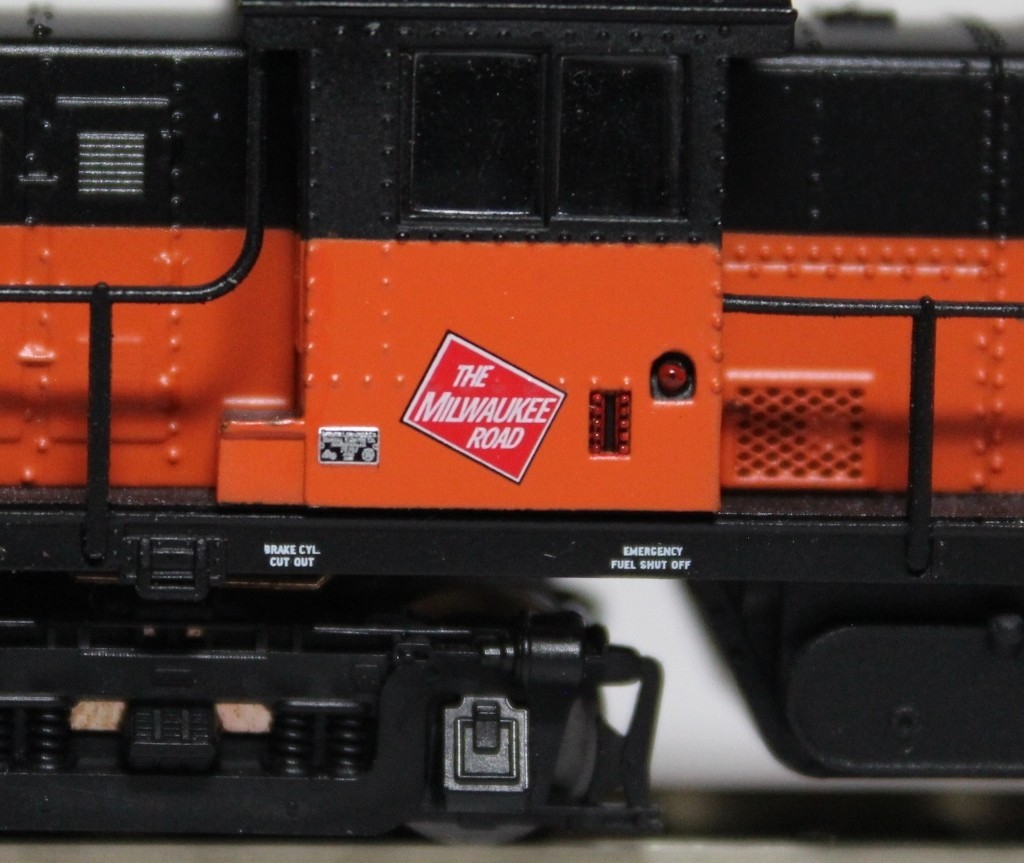
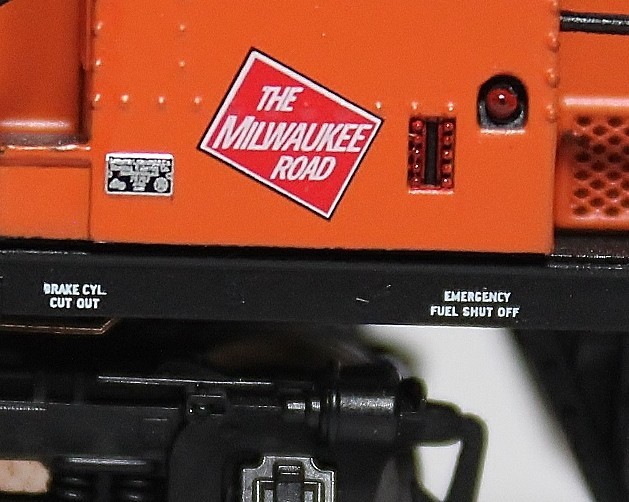
Conclusion
Atlas has released another excellent model of the RS-1. The paint and printing enhances the equally impressive molding and detail. She runs smooth and quiet.
The frame design makes it very difficult to convert to DCC. The open-back end steps are not common.
I think this little loco is a gem and happily recommend it!
Please remember to tell Atlas and retailers that you saw this locomotive here - on RailroadModeling.
ALCo RS1
The American Locomotive Company (Alco) could seemingly never outdo the Electro-Motive Division for dominance in the early diesel locomotive market. Simply put, Alco just never spent enough research and development into a reliable and efficient main line prime mover, believing steam would always rule supreme. Despite this, the company would develop one of the most important layouts for how all future diesel locomotives would be built; the RS1, which pioneered the original road-switcher design. Not only would EMD go on to use the carbody style in its later General Purpose (GP) series but also the offset cab layout is still used today by General Electric and successor Electro-Motive Diesel. The RS1 was in production longer than any other model at the time, remaining in Alco's catalog for nearly 20 years. Today, you can still find a handful of these rugged workers preserved at various museums around the country some of which are still operational.
The Alco RS1 was released by the builder in early 1941 just a few years after the Electro-Motive Corporation's popular FT cab design, which had dazzled railroads around the country with its respectable horsepower and incredible maintenance savings. The locomotive was marketing sensation that proved diesels could be used in standard road service. While Alco would release the rather unsuccessful DL series, its first cab designs cataloged in 1939, the builder's first real competitor to Electro-Motive's FT was the PA and FA models release directly after World War II. The RS1 was the first in its long line of Road Switcher models that ended in 1963 with the RS36. Alco's history with switchers dated all of the way back to its demonstrator HH300 models (High Hood) of the early 1930s. These early models were more of test designs (which also included the HH600, HH660, HH900, and HH1000) built in conjunction with Westinghouse and McIntosh & Seymore.
They were given slight design features from famed industrial designer Otto Kuhler and most noteworthy is that they were the first to employ raised cabs for better visibility, so commonly employed in today's locomotives. Designed by Westinghouse as the "visibility cab", they were normally wider and taller than the engine hood providing crews with better visibility featuring an arched roof line. Alco would go on to use this cab design through its later RS series. Understanding the application in which the RS1 was intended to be used, Alco looked to give the model enough horsepower for freight service but also make it light enough for use in yard and switcher service. As such, it featured a long hood to house the builder's first prime mover (also used in the DL series), the 539T (actually developed by McIntosh & Seymore as well). Additionally, the cab was placed offset of the frame, giving it a front, short hood which usually housed a boiler for use in passenger service.
Interestingly, the initial idea for the RS1 came from the Chicago, Rock Island & Pacific (otherwise known as the Rock Island, a loyal Alco customer), which was looking for a branch line switcher that could be used in all types of applications. The original RS1 most resembles its shorter predecessors the switcher "S" series, and carries the same sharp angles as these models. Rated at only 1,000 horsepower (which did include a turbocharger) and plainly labeled by their manufacturer (Road Switcher, 1st model), they quickly caught on with the railroads and lasted in Alco’s catalog until 1960, longer than both the later RS2 and RS3 models. Alco also built a C-C version of the RS1 known as the RSD1, which was built almost exclusively for the U.S. Army (a few of which are still preserved today).
The six-axle version came in either a C-C or A1A-A1A truck setup. In the end, the builder was still able to produce more than 250 RSD1s. The standard RS1 came in a B-B truck setup (four axles) and could produce 34,000 pounds of tractive effort with a top speed of 60 mph (although it rarely ever reached such speeds). It was quite short at just 54 feet, 11 inches and also featured a very low profile. Overall, the model weighed just 120 tons and featured electrical and other components from both General Electric and Westinghouse. With the Rock Island's original request it was one of the initial railroads to receive the model when the first batches were completed in March of 1941 being delivered to Tennessee Coal & Iron; Milwaukee Road; New York, Susquehanna & Western; and the Atlanta & St. Andrews Bay Railroad.
Despite only modest sales numbers the Alco RS1 could be found on railroads across the country from the Pennsylvania and New York Central to the Milwaukee Road and Union Pacific. Perhaps these modest sales numbers was due to the fact that railroads were simply testing the waters but whatever the case the success of the RS series witnessed after the initial model was quite astounding. The later RS2 and RS3 sold thousands to several railroads and private industries, offering just the right blend of size and power. Unfortunately, later models could not replicate the same success and throughout the 1950s Alco lost ground to EMD.*
______
Source
* Bernard, Marty, and Adam Burns. "The Alco RS1." American-Rails. American-Rails.com. Web. January 18, 2015. [http://www.american-rails.com/alco-rs1.html]
AccuMate® couplers are made under license from AccuRail, Inc.










